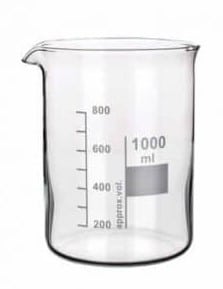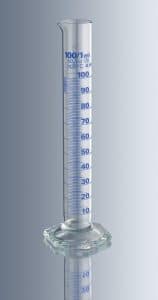 In any laboratory, beakers and measuring cylinders are both commonly used for handling liquids — but they serve slightly different purposes.
In any laboratory, beakers and measuring cylinders are both commonly used for handling liquids — but they serve slightly different purposes.
Beakers are general-purpose containers. With their wide mouths and easy-pour spouts, they’re ideal for mixing, heating, or holding liquids. While they do have volume markings, these are only approximate. Beakers are best used when exact measurements aren’t essential.
Measuring cylinders, by contrast, are designed for accuracy. Their tall, narrow shape and finer gradation marks make them more suitable when precise volumes are needed. Whether you’re preparing a solution or recording a measurement for an experiment, a measuring cylinder offers greater reliability.
The choice between the two depends on the task. For routine mixing or heating, a beaker is usually the more convenient option. But for tasks that require accuracy — such as dilutions or quantitative experiments — a measuring cylinder is the better choice.
Often, both are used in combination. A measuring cylinder can be used to obtain an accurate volume, which is then transferred to a beaker for further steps like heating or stirring.
It’s also worth considering durability and ease of cleaning. Beakers are typically more robust and easier to clean due to their wide openings, making them better suited for repeated use in procedures that involve heating or stirring solids and viscous liquids.
Finally, understanding the limitations of each tool helps ensure better results. Relying on a beaker for exact measurements may introduce variability, while using a measuring cylinder for heating could risk breakage or uneven heating. Knowing when and how to use each one supports safer and more efficient lab work.


